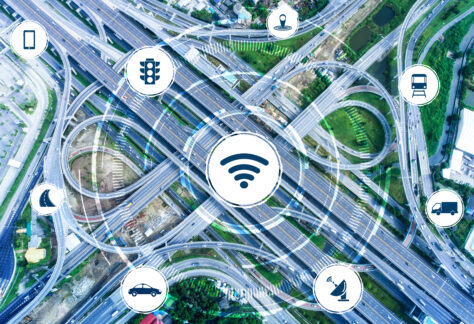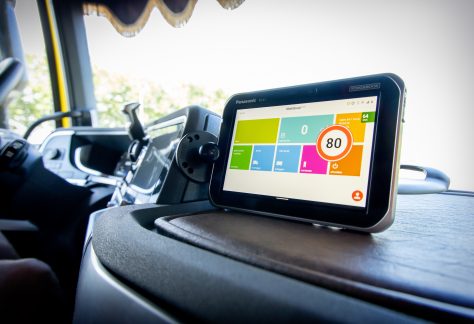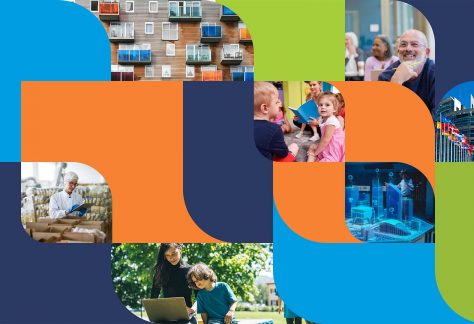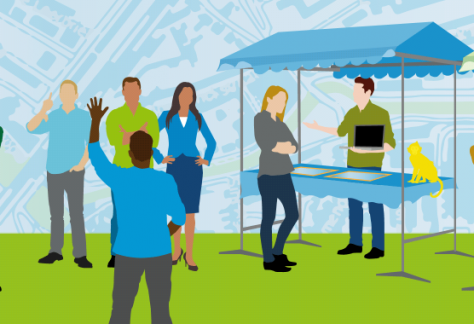Smart Logistics
A city or area cannot exist without goods. Without logistics, you can't shop for groceries, new homes are not built and waste is not collected. However, logistics also causes nuisance, damage, unsafety and emissions, especially in growing and densifying cities.
In the DMI-Smart Logistics theme, we are working together with cities and companies on digital solutions and measures that make urban logistics safer, more efficient and sustainable, thus contributing to livable and accessible cities.

























